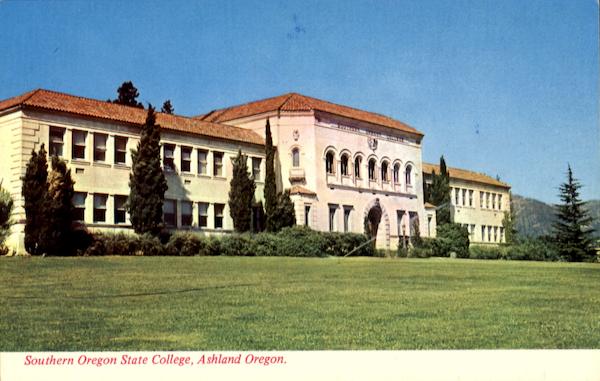Extollager
Well-Known Member
- Joined
- Aug 21, 2010
- Messages
- 9,301
I don't know how many Chronsfolk read The Silmarillion as soon as it was published (U.K. and U.S. editions released Sept. 1977) or very soon thereafter, but here's a thread for them to tell about their first reading -- where they got the book, what they thought about it, etc. and/or how they have felt about the book in the intervening years, etc.
Readers who first read The Silmarillion after 1980 are asked not to write about their experiences of reading the book on this thread, so that it can retain some focus. Nothing is thereby implied that should give anyone offense; no one is suggesting that someone who first read The Silmarillion in 2017 or whenever is somehow less able to enjoy and write about it than the early readers are. Anyone who wishes to comment on the remarks of the early readers may do so, may ask questions, whatever. But the thread invites memories and reflections of people who happened to be "on the spot" then, just as an inquiry might that asked "Do you remember where you were when you heard that JFK was shot?" or "What were your thoughts when the Berlin Wall came down?" and so on. "Extraneous" details welcome!
In 1977, I was a student at Southern Oregon State College in Ashland, and saw the book on sale at the J. K. Gill store in Medford on 2 October. J. K. Gill was an office supply company and book store business in Oregon and Washington. The store I visited was in the Medford Shopping Center. I bought a copy for list price of $10.95. Oregon had no sales tax; that's all I paid.
I'd read Clyde S. Kilby's Tolkien and the Silmarillion on 13 July 1977. (Much of that book is available now in A Well of Wonder, and Kilby's account of his summer with Tolkien is of great interest.) The Silmarillion itself I now read 9-14 September. My memory is that I read the First Age material at least onto cassettes for a blind student whom I knew through Inter-Varsity Christian Fellowship on campus. She was not one to let her disability limit her more than was inevitable; here is a press photo of her learning to ski at Mt. Ashland.

I'll have to look to see if I wrote a review at the time, either for Elanor, the amateur press association (apa) of which I was a member, or for the college newspaper. My impression of that early reading is that I was impressed more than I was enchanted. Christopher Tolkien later wrote that he thought publication of the Silmarillion materials without a frame story was a mistake, and I think that puts the finger on the "problem"; but I was grateful to have the book, ten or eleven years after I first read Tolkien. Here at last was the book mentioned in the LotR appendices, in fanzines, etc.
Readers who first read The Silmarillion after 1980 are asked not to write about their experiences of reading the book on this thread, so that it can retain some focus. Nothing is thereby implied that should give anyone offense; no one is suggesting that someone who first read The Silmarillion in 2017 or whenever is somehow less able to enjoy and write about it than the early readers are. Anyone who wishes to comment on the remarks of the early readers may do so, may ask questions, whatever. But the thread invites memories and reflections of people who happened to be "on the spot" then, just as an inquiry might that asked "Do you remember where you were when you heard that JFK was shot?" or "What were your thoughts when the Berlin Wall came down?" and so on. "Extraneous" details welcome!
In 1977, I was a student at Southern Oregon State College in Ashland, and saw the book on sale at the J. K. Gill store in Medford on 2 October. J. K. Gill was an office supply company and book store business in Oregon and Washington. The store I visited was in the Medford Shopping Center. I bought a copy for list price of $10.95. Oregon had no sales tax; that's all I paid.
I'd read Clyde S. Kilby's Tolkien and the Silmarillion on 13 July 1977. (Much of that book is available now in A Well of Wonder, and Kilby's account of his summer with Tolkien is of great interest.) The Silmarillion itself I now read 9-14 September. My memory is that I read the First Age material at least onto cassettes for a blind student whom I knew through Inter-Varsity Christian Fellowship on campus. She was not one to let her disability limit her more than was inevitable; here is a press photo of her learning to ski at Mt. Ashland.
I'll have to look to see if I wrote a review at the time, either for Elanor, the amateur press association (apa) of which I was a member, or for the college newspaper. My impression of that early reading is that I was impressed more than I was enchanted. Christopher Tolkien later wrote that he thought publication of the Silmarillion materials without a frame story was a mistake, and I think that puts the finger on the "problem"; but I was grateful to have the book, ten or eleven years after I first read Tolkien. Here at last was the book mentioned in the LotR appendices, in fanzines, etc.
Last edited:




